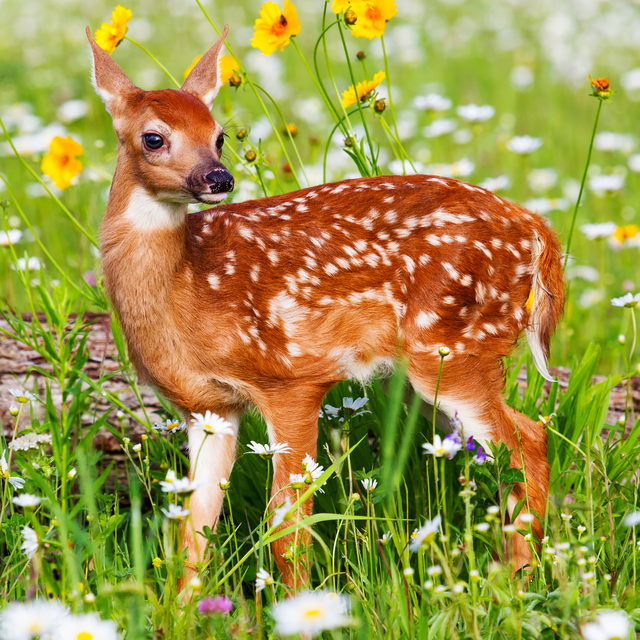
Phylogenetics and morphogenesis
People often ask about what animals can communicate through sound. The answer is that all animals can. Animals make sounds to communicate with other animals, warn of danger, and so on. In this article we’ll examine some animal sounds and how they are used.
Most animals rank high in the food chain because they are bottom-of-the-food-chain animals. They must fight for the food they eat and to survive they secrete a variety of toxins from their anus and digestive tracts. These toxins are excreted in faecal matter, where they can be detected by other animals and humans. Animals in this phylum are very diverse and include many insects, crustaceans, molluscs, arthropods, fish, amphibians, birds, reptiles, mammals, and even protozoa. The order Phytochemicals has over four thousand known chemicals. Other families of phylum include the Virgidae, crustosporids, caddisflies, some chordates, and even the anaerobic bacteria.
The phylum Chordata is made up of around six hundred species. Among these, twenty to thirty percent are represented by animal groups with unique features, including hooves, scales, wings, and jaws. These animals often rank high in the food chain, although their exact rankings have been uncertain since the beginning of scientific study. Some chordates rank near the top of the food chain, whereas other members of the phylum are nearly bottom-of-the-food-chain animals. The caddisflies belong to this phylum, while chordate caddisflies rank very low in this order. Other members of this phylum include the earthworms and the parasitic earthworms.
Phylogeny refers to the relationships among living animals and their representatives. Animals can share many similar genes and possess a number of similar attributes, such as sexual reproduction, but cannot be related to one another through any kind of genealogy. A number of different kinds of relationships have been determined between taxonomic and morphological characters, particularly in animals. These relationships have led to taxonomic estimates, which allow specialists to place animals in different families or sets of classes. There are currently hundreds of families and more than two thousand classifications.
Phylogenetics and morphogenesis refer to the similarities between organisms and their reproductive systems, whereas transcriptogenesis refers to the changes in DNA that regulate transcription and translation. All members of a genus can be further divided into hundreds of sub-genera. In some cases, several genera must be considered as a single taxon. The molecular basis of some species’ divergence from others is still under debate, with theories ranging from horizontal gene flow within species to horizontal gene transfer across species.
The relationship between animals is described by different terms. Systems of classification often correspond to taxonomic ranks, with an example being classification based on skeletal features. Classification according to geographic locations often refers to phylum and genus. Classification according to conservation is sometimes used, with animals sharing some attributes, such as scales or claws, in specific habitats. Finally, classification according to sex is sometimes used, with males being classified as a separate phylum or class while females are considered a single class. In terms of taxonomic rank, however, there are no fixed standards.